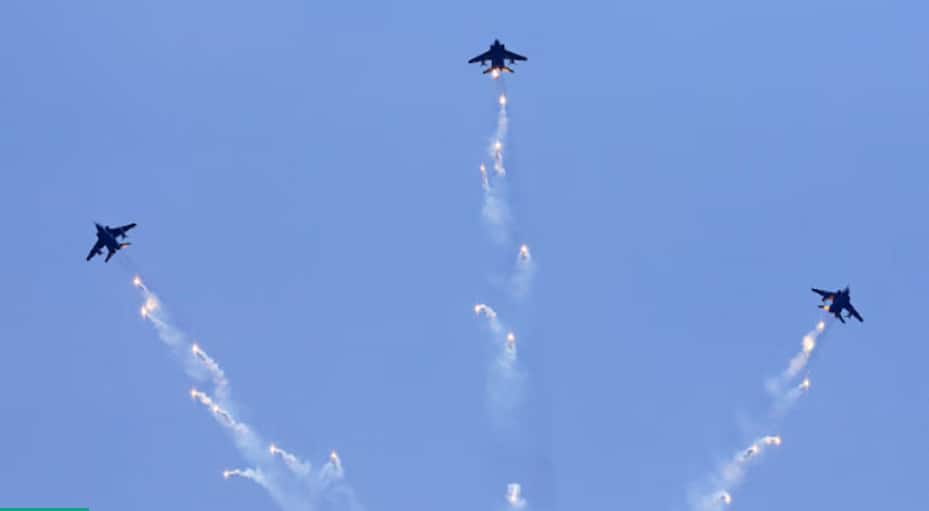In recent times, airshows have become significant events attracting thousands of aviation enthusiasts and families. One such event drew over 1.3 million attendees using various modes of transportation, including trains, metros, cars, and buses. This remarkable turnout not only showcased the popularity of airshows but also earned a place in the Limca Book of Records. However, the aftermath of such a massive gathering raised concerns as traffic authorities struggled to manage the congestion effectively.
The Phenomenon of Airshows
Airshows are more than just exhibitions of flight; they are celebrations of aviation innovation, technology, and skill. Such events allow spectators to witness breathtaking aerial maneuvers by both military and civilian aircraft. The combination of thrilling exhibitions and a family-friendly atmosphere makes airshows appealing to a wide audience.
Significance of Record Attendance
The attendance of over 1.3 million people at this airshow signifies a growing interest in aviation among the public. This record-setting number reflects not only the popularity of the event but also the resurgence of interest in air travel and aircraft technology after the challenges faced by the industry in recent years.
Transportation: A Challenge and Achievement
Getting to such a large-scale event requires extensive planning and coordination among transportation authorities. Here’s a breakdown of the transportation methods used by attendees:
| Transportation Method | Estimated Attendees |
|---|---|
| Train | 500,000 |
| Metro | 300,000 |
| Car | 400,000 |
| Bus | 100,000 |
Post-Event Traffic Management Issues
Despite the successful transportation efforts leading to the event, the aftermath revealed shortcomings in traffic management. After the show concluded, many attendees faced long delays and congestion as they tried to leave the venue. This situation highlighted the critical need for improved traffic management strategies for future events of this scale.
Suggestions for Improved Traffic Management
To handle similar events more effectively, authorities can consider the following strategies:
- Early Planning: Implementing a comprehensive plan months in advance that includes designated entry and exit points.
- Staggered Departures: Encouraging attendees to leave in staggered phases to reduce congestion.
- Use of Technology: Leveraging mobile apps for real-time updates on traffic conditions and alternative routes.
- Public Transportation Incentives: Offering discounts or special services to promote the use of public transport.
In conclusion, the recent airshow not only set a record for attendance but also served as a catalyst for discussions on the importance of efficient traffic management during large events. With proper planning and innovative strategies, future airshows can be enjoyed without the shadow of post-event congestion, ensuring a pleasant experience for all attendees.
